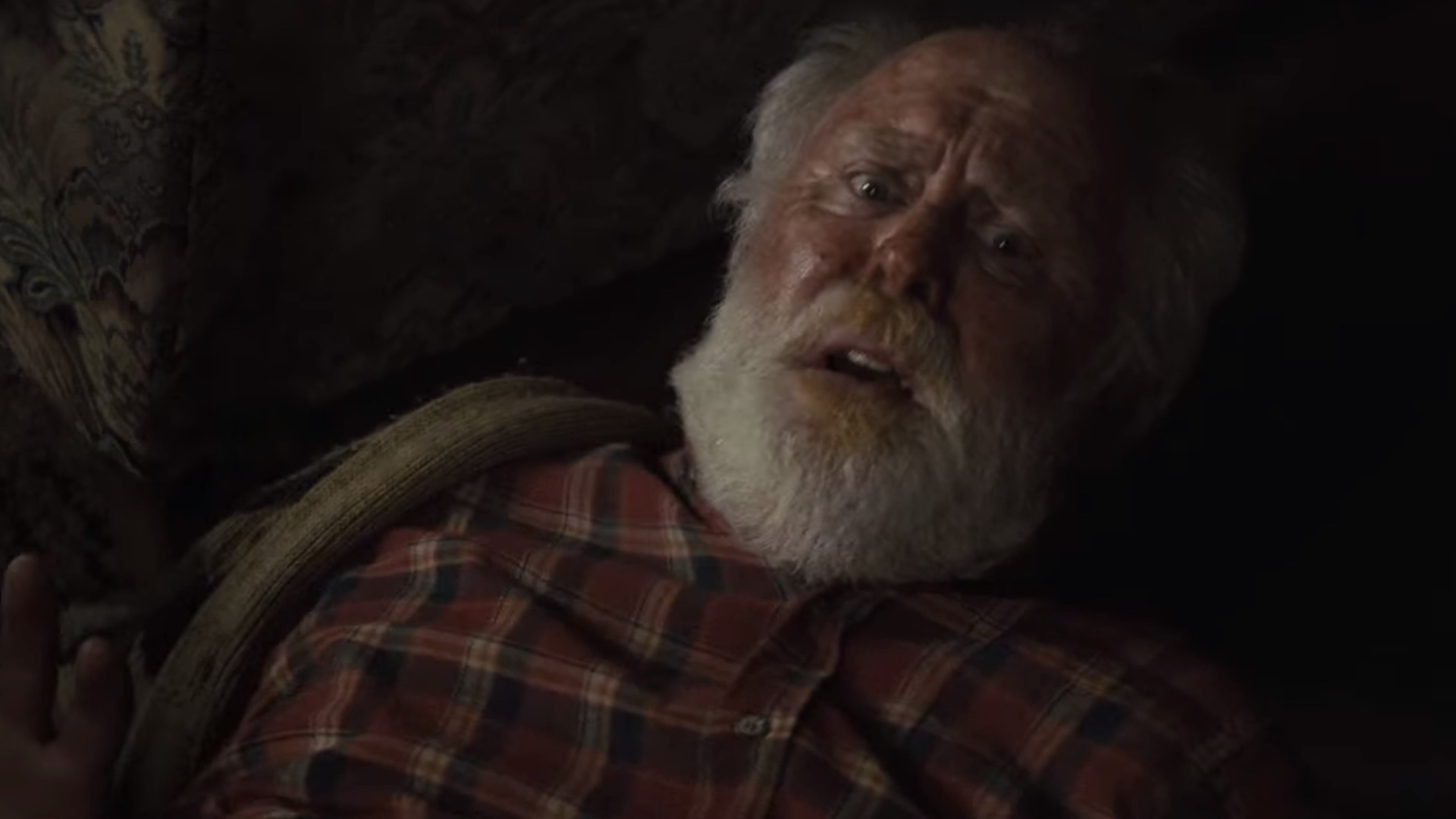 Save us, John Lithgow. You’re our only hope.
Save us, John Lithgow. You’re our only hope.
Hello, all! My name is Will and, yes, technically I am a millennial. Thanks to the generosity of the Stuff We’ve Seen Podcast team, I will be bringing you semi-regular film reviews, rants, and insights here on Stuffweveseen.com. I am an English teacher residing in Western Maine and a self-proclaimed film buff, aficionado, or whatever superlative would normally fit here. While I may not have the same accolades and experience as Jim and Teal, our love of movies can’t be overstated and I am excited to share my experiences with all of you.
So, without further ado, let’s take a look at the most recent remake of Stephen King’s Pet Sematary.
Picture this: it’s 2019. People want more Stephen King remakes and adaptations because they think the success of It (2017) means that every film with King’s name on it will be absolute gold. The hype is real. Long gone are the days of TV Miniseries and TV movies that are devoid of gore and real violence, a trademark of King’s genre and style.
Unfortunately, Pet Sematary is only as good as its vague jump-scares that attempt to distract you from the gross and irrevocable changes from the source material. As a fan of the original story, film, and of Stephen King, this is obviously an immense disappointment. If you or your loved ones want this film to be a tried-and-true adaptation, or even an homage to the 1989 version, by all means, save your money.
The Plot
Without divulging endless details about the plot for you to follow, here are the basics:
- City doctor, Louis Creed, and his family move to rural Maine.
- Daughter, Ellie, finds the pet cemetery and meets Judd Crandall, the townie neighbor.
- Judd tells Louis about the power of the cemetery, where they later bury Ellie’s cat. Spoiler alert: the cat comes back to life in a zombified form.
- In a surprising departure from the original film/novel, an oil truck strikes and kills Ellie (not her toddler brother, Gage).
- Louis exhumes Ellie’s body and reburies her in the haunted cemetery.
- Hell ensues.
Grievances
The first pitfall of this film is the ambiguous guilt-ridden relationship of Louis and Jud. It’s safe to say that Jud bears a certain burden in knowingly advising Louis to use the cemetery for dubious purposes. Upon Ellie’s death, it’s all but a guarantee Jud knows what’s about to happen. In a crucial scene before Louis digs up his daughter at the local cemetery, Jud apologizes for planting the seed in Louis’ mind, all while Louis slips a sleep-inducing drug into Jud’s whiskey. Is this necessary? Does it prove that Jud is a sympathetic character who made a bad decision with neighbors he barely knows? Both of these answers are no. John Lithgow is unable to do anything salvageable with his character as it is written. Perhaps the filmmakers (Kevin Kolsch and Dennis Widmyer) and writers (Jeff Buhler and Matt Greenberg) wanted a nihilist film with no hope in it.
Another self-inflicted wound in the foot of this film is the undead Ellie. Why, oh why, would someone think to give this girl meaningful dialogue? It is choppy, awkward, trope-ridden foolishness. Following it’s nihilistic undertones, she speaks about her post-life experiences as if she’s Nietzsche calling unto the abyss. Unfortunately, there’s nothing deep or pithy about it because it is written as blase as ordering food you don’t really want. Louis, in his infinite grief, tries to play it off as nothing, as if she’s “always been here, Mr[s]. Torrance.” This film should spawn a drinking game every time the writer forces Ellie to say “Mommy” or “Daddy.” The hairs on my neck are bristling as I write this at the mere concept.
The End (Spoilers Abound!)
 Jeté Laurence as Ellie in PET SEMATARY, from Paramount Pictures.
Jeté Laurence as Ellie in PET SEMATARY, from Paramount Pictures.Somehow the best thing about this film is its ending and even that is lackluster due to the film’s continuity.
As hell in the Creed house is unfolding before our eyes, one might begin to notice a striking issue in the “rules” of the cemetery. It nearly took Ellie Creed an entire night to become resurrected by the powers of the place. Then the chaos takes us to the house where Ellie murders her mother, Rachel. Ellie then drags the mother’s body to the cemetery in a three-second transition. Louis saves Gage as Rachel is murdered and stores him in the family car, instructing him not to open it. Louis charges into the cemetery for a showdown with his daughter.
Next, Undead Rachel enters the frame and stabs Louis through the chest, right when you think Ellie is on the brink of being killed again. It was this moment that made me audibly say, “Uh, what?” Next, the undead mother-daughter tandem drag Louis to the cemetery. Moments later, we are shown the final shots of the film. The whole undead family marches toward Gage, who, in his innocence, stares back as the screen goes black and we only hear the doors unlock. These scenes are cut and edited in a way that never suggests that these events take place over multiple days or even hours. It’s almost like everything is happening in real time. This is a problem.
Ultimately, the ending was interesting, given the twist of the family being reborn together in their pursuit of Gage in the car, but I was so distracted by the illogical and sloppy rush that was the ending itself.
Overall, I wanted so badly to love this film. I did. And naturally, the trailer ended up being better than the movie it was advertising. I will go back to looking forward to It: Chapter Two.
Until next time,
The Willenial